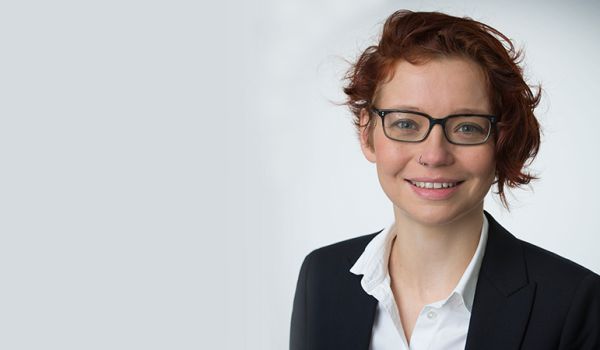A database for new medical devices
- Centre for Technology Innovation and Engagement

From bandages to pacemakers, artificial hips implants to health apps, medical devices are important to our health and we expect them to reflect scientific progress. In 2017, more patent applications were filed with the European Patent Office in the field of medical technology than in any other sector. Many medical device products have lifecycles of only one to two years before improved products enter the market. This constant flow of innovation makes the regulation and management of medical technology innovation particularly difficult.
Categorising Medical Devices
Following scandals, such as the PIP implant scandal and now the more recent discoveries about vaginal mesh, we are witnessing regulatory change both in the EU and abroad. Post-market surveillance systems have been created that facilitate the identification of potential hazards. The usefulness of such databases by and large depends on an adequate identification and registration of medical device products. The Global Medical Device Nomenclature (GMDN) provides a list of generic names and definitions for all medical devices. It is a very dynamic categorisation system used for data exchange among authorities and healthcare providers. Its accuracy has important safety implications for patients all over the world.
Every day, the GMDN Agency (a non-profit group responsible for the GMDN) is contacted by device manufacturers requesting terms for new devices. Given the speed of technology innovation, and the diversity and complexity of medical devices, the GMDN Agency faces enormous challenges in developing the nomenclature in a timely and systematic manner whilst responding to competing demands from industry and regulators.
Nomenclature systems, such as the GMDN, are the outcome of complex processes shaped by multiple stakeholders. While the creation of new categories is triggered by the introduction of new devices, the definition of what makes a device novel (both from a technical and regulatory perspective), and the creation of a new category or term have technical as well as political and economic implications. Different regulators, manufacturers and healthcare providers all rely on the GMDN but they have different requirements regarding the level of detail, the importance of certain criteria (such as size or packaging) and the intervals in which they update their systems.
Ideas in Practice: Collaborative Research at Leeds
Drawing on research on categorisation processes in management, an inter-disciplinary team of researchers from the Centre for Technology Innovation and Engagement (C-TIE) collaborated with the GMDN Agency, with the aim of co-producing a framework for the evaluation of the Agency’s categorisation procedures, and corresponding tools for the assessment of the nomenclature and associated medical device datasets. Funded by a Leeds University Business School Small Research Grant, a first pilot study is currently being conducted. Preliminary findings speak to the relevance and timeliness of interdisciplinary mixed-methods research on categorisation in the context of ‘Big Data’.
As part of this research initiative, the Chief Executive Officer of GMDN Agency, Mark Wasmuth, and the Agency’s Technical Lead, Dr Barry Daniels, visited the University of Leeds on 16 April and presented two talks on the role of the GMDN in the implementation of market surveillance systems. Mark Wasmuth provided an excellent overview of the work of GMDN Agency (slides available here). Dr Barry Daniels focussed on the Global Unique Device Identification Database (GUDID), the database for medical devices created by the US-American Food and Drug Administration (slides available here). Both speakers identified fascinating opportunities for research and market analysis drawing on both GMDN and GUDID.
The talks were followed by an open discussion of regulatory change and the advent of big data in medical device regulation. There were ample opportunities for inter-disciplinary networking and engagement with partners in the NHS and industry. The event was supported by Leeds University Business School and co-hosted by C-TIE, Leeds In Vitro Diagnostics Co-operative and Leeds Centre for Personalised Medicine and Health.
What next?
Researchers from the Business School and the School of Computing are now working on a larger grant proposal on categorisation dynamics in medical technology innovation. On 10 July, an Ideas in Practice one-day symposium on Medical Technologies, in association with C-TIE, is taking place at the Radisson Blu Hotel, Leeds.
For more information about this research and opportunities for collaboration in the field of medical technology innovation and regulation, please contact the Research Office (research.lubs@leeds.ac.uk).
Contact us
If you would like to get in touch regarding any of these blog entries, or are interested in contributing to the blog, please contact:
Email: research.lubs@leeds.ac.ukPhone: +44 (0)113 343 8754
Click here to view our privacy statement. You can repost this blog article, following the terms listed under the Creative Commons Attribution-NonCommercial-NoDerivatives 4.0 International licence.
The views expressed in this article are those of the author and may not reflect the views of Leeds University Business School or the University of Leeds.

